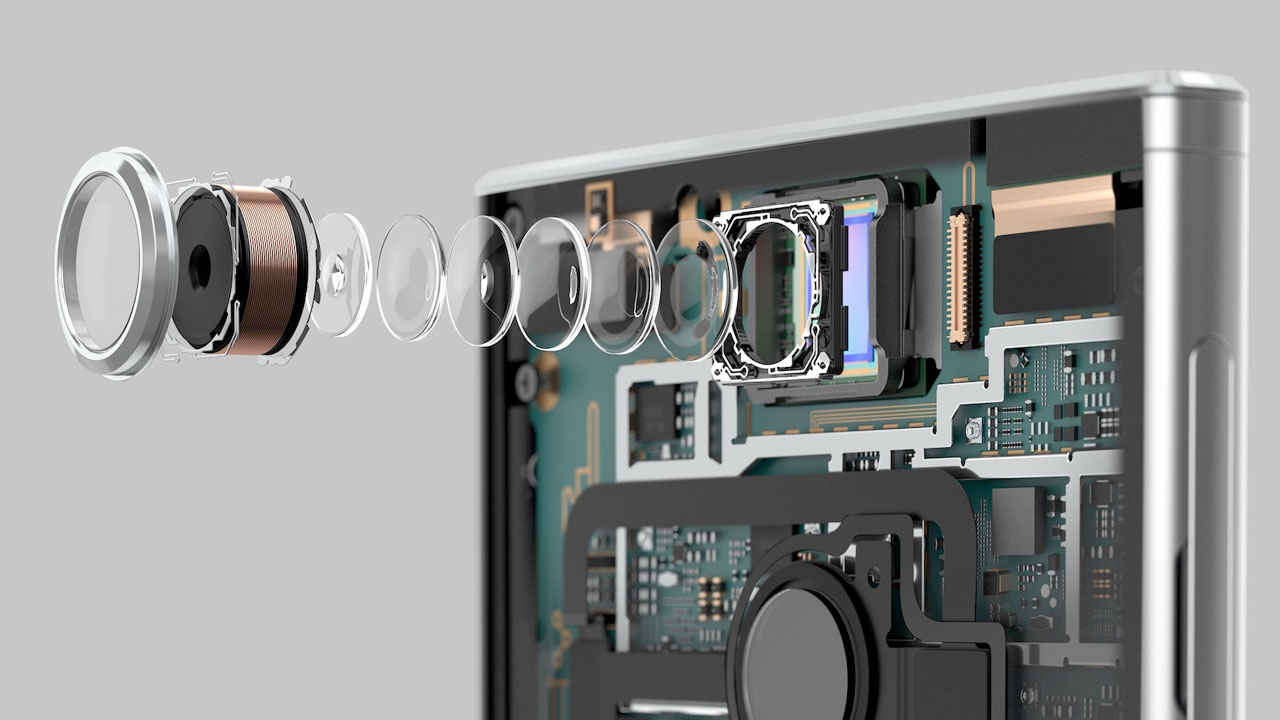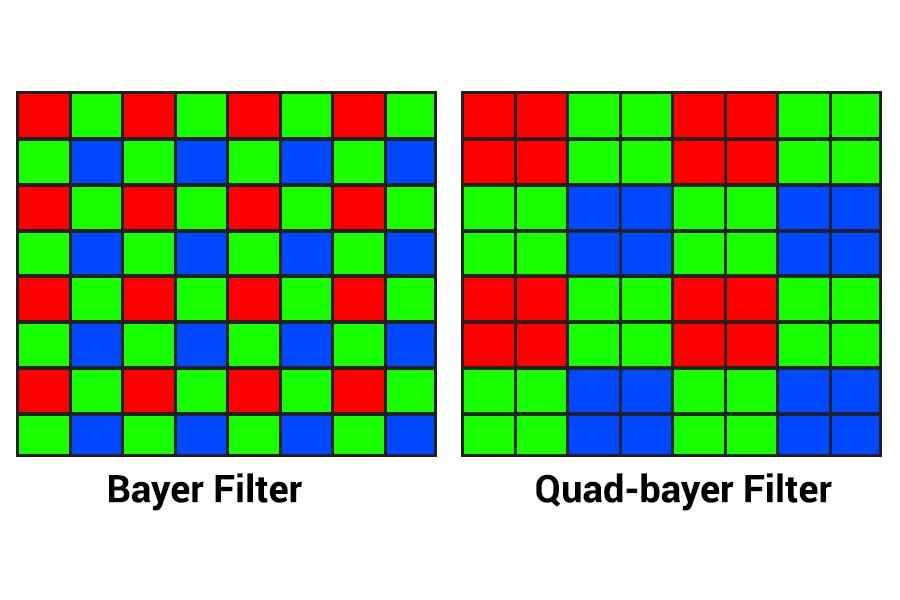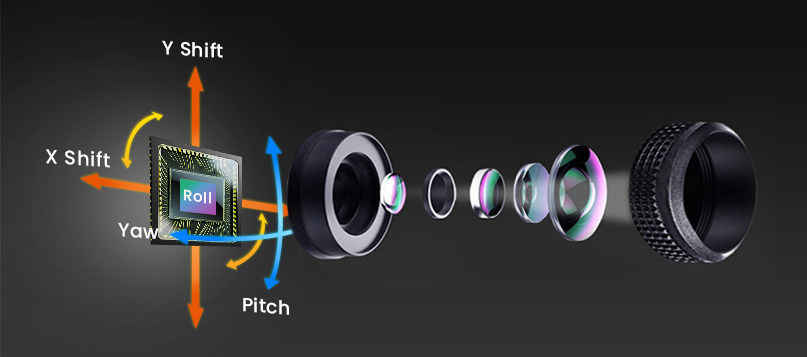Essential features for good camera performance on smartphones
Pixel pitch is a critical determinant of the final output from a smartphone camera.
Smartphone camera lenses can be made of glass or palstic.
Sensor-shift image stabilisation has made its way to smartphones.

When it comes to the question of “what makes for great picture quality,” the answer is just not a simple one. In the larger scheme of things, the photographer becomes someone who is “just pressing a button,” while numerous components, hardware and software, come together to bring every pixel to life. This is of course only from a technical standpoint, given that the aesthetic sense for capturing images is just as important. While the human aspect of good imaging will always be subjective, here are the key components on a smartphone camera system that make for images that can objectively be called good.
 Survey
SurveySensor Size and Pixel Pitch
Traditional wisdom has always said that bigger sensors yield better image quality. The reason behind this thinking is that a bigger sensor would automatically mean bigger pixel pitch (the size of the individual photosites on the sensor) for a given resolution. However nowadays, you can have a large sensor, but with different resolutions, and consequently, different pixel pitches. Smartphone manufacturers are employing pixel-binning as a common way to increase the pixel-pitch, that is by combining few adjacent pixels together into one. Irrespective of how many pixels are being binned together, it is important to know the resulting pixel.
Lens Construction
The lens on a camera is what shapes light onto the right pathways, having it fall on the sensor. A lens is comprised of multiple elements in various arrangement, all working as one to bend light into the perfect path. Smartphones in the budget segment now use a higher grade of plastics for their lens elements while the more premium smartphones use glass. Glass being superior to plastic is not a universal truth. A well ground plastic lens group will outperform a poorly ground glass lens group, and vice versa. However, one thing that can be considered to be generally true is that the more the number of elements, the better the quality of light hitting the sensor. Some manufacturers would advertise their smartphones as having "6p" or "7p" lenses, where "p" refers to the number of individual lens elements.
Image Stabilisation
Image stabilisation was once considered an impossible feat to achieve on a smartphone. Nokia silenced the nay-sayers, introducing the first optically stabilised lens on a smartphone with the Lumia 920. Today, we have several different stabilisation techniques available across the price range. We have Electronic Image Stabilisation, Optical Image Stabilisation and now, Sensor-Shift based Image Stabilisation. Ultra-wide-angle lenses typically don’t need stabilisation due to their focal length, but the general rule of thumb is that the longer the focal length, the more critical stabilisation becomes. So, stabilisation on a telephoto lens is an absolute must. In the larger scheme of things, sensor-shift based image stabilisation is considered the most superior when it comes to smartphones since it helps keep the size of the lens barrel as minimal as possible. Electronic image stabilisation is considered to be the least effective of the lot, costing you resolution in the image whenever it is engaged.
Image Courtesy: SmartSens Technology
Software Tricks
If there’s anything Google taught us with their Pixel lineup of phones, is that software can be tuned to achieve incredible results, even with hardware that’s not the very best. Brands like Apple, Google, Samsung and even Oppo have invested heavily in developing their own neural networks for image processing, and are known to have some of the most impressive software tricks. While Google’s software approach is able to achieve more with less (hardware), Apple’s Deep Fusion and SmartHDR 3 result in the most consistent output. A good processing engine will definitely yield images that will be the envy of DSLR users. For example, the iPhone 12 shoots up to 9 images, merging the best parts of it together and then tonemapping the whole composite to maximise the dynamic range. Now if we were to try and replicate the output using a DSLR, we’d still have to shoot as many images, but manually edit each and every single one of them, followed by manually selecting parts of each image to blend together, followed by tonemapping them to make it all look as if it were a single photo. This process is infuriatingly tedious, but smartphones make it look rather effortless.
These are the main factors that have to come together in order for your smartphone to produce stellar results images. While DSLRs traditionally have relied only on the power of the hardware to deliver stunning images, smartphones have for the last few years pushed the envelope of what can be squeezed out of a given set of hardware using just software. Today, no camera hardware can be considered complete without a well-rounded set of software-based features, which is what makes the smartphone the most favoured device these days to take photos.
Swapnil Mathur
Swapnil was Digit's resident camera nerd, (un)official product photographer and the Reviews Editor. Swapnil has moved-on to newer challenges. For any communication related to his stories, please mail us using the email id given here. View Full Profile

